Remembering Fashion Photographer Hans Feurer

A private family funeral is planned for the fashion photographer Hans Feurer, whose fearless style helped to propel the medium forward and empower women.
The Swiss-born talent died in a Zurich hospital surrounded by his wife Ana and sons Ole and Jens on Jan. 16, according to his longtime agent Andre Werther. The cause of death for the 84-year-old was not shared.
More from WWD
The lensman’s archives through 2016 are owned by Camera Work, the Berlin gallery that has represented him for 25 years, and the remaining archives that date to his most current images are owned by Feurer’s family, according to Camera Work’s director Ute Hartjen.
By his own account, Feurer said, “I like to show a free woman who’s scared of nothing.”
The same might be said of Feurer, who ditched his advertising career in 1966 to spend two years traveling across Africa in a Land Rover he had bought for the journey. His visual gifts and clever writing were first applied to the advertising industry, and that ability to capture the cultural zeitgeist was then applied to his second act in fashion photography.
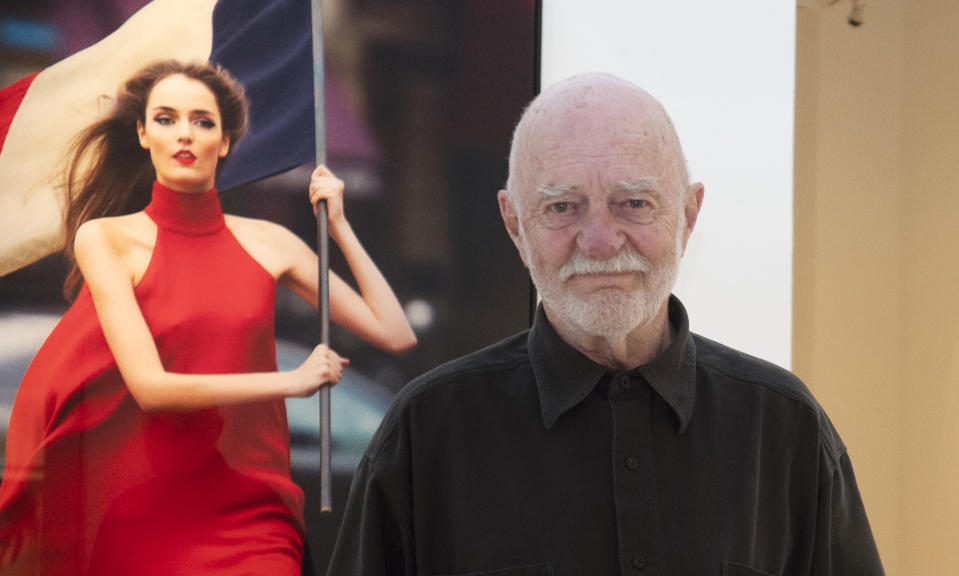
Digital, Photoshop and artificial lighting were always off-limits even for night shoots for the self-taught creative, Hartjen said. If asked where he found the best light, Feurer would respond, “’I don’t understand the question. It’s everywhere, because the sun is everywhere,’” she recalled with a laugh.
The photographer once explained, “I do dream projections. Fashion allows a woman to become somebody else by the way she dresses and if you play an act long enough, you become it, so I try to take images of what I would like to live or to become or to be.”
A similar zeal applied to his love of life. “The world is the most beautiful thing that exists,” was his personal refrain, Hartjen said, adding that he considered women to be the most interesting creatures in there. “That’s why he decided to become a photographer to combine those two things,” she said.
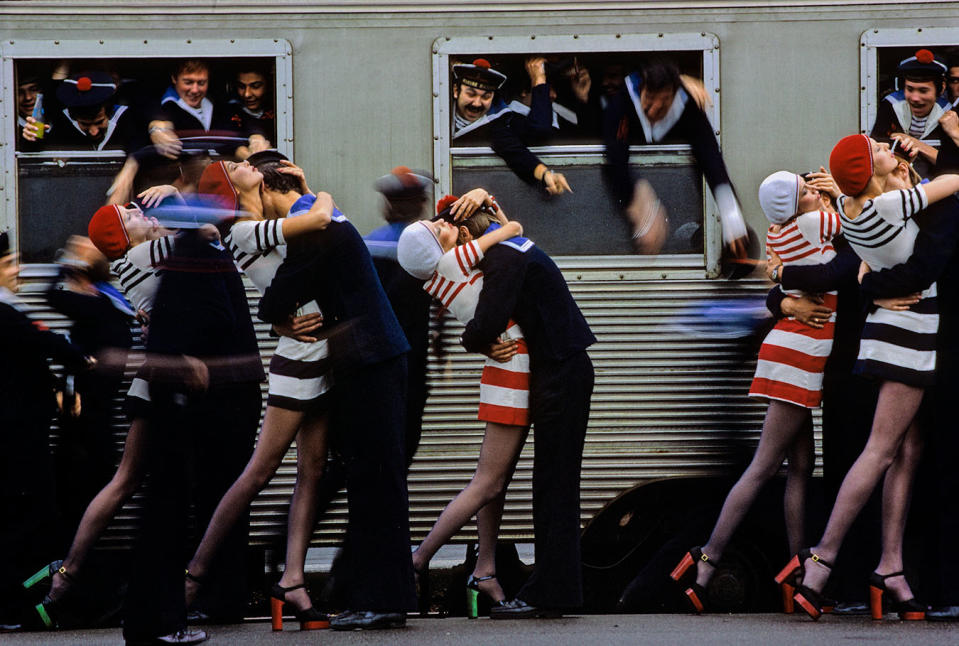
Feurer shot supermodels in their early days, including Iman, Sayoko, Grace Jones and Claudia Schiffer, helping to accelerate their global recognition.
In the ’80s, the designer Kenzo Takada teamed up with Feurer and revolutionized fashion advertising with Iman playing a leading role in creating a feel of globalism that had not yet been explored. Striving for a modern take on the fairy tale “One Thousand and One Nights,” Feurer and the stylist Françoise Ha Van traveled to Morocco with models from around the world who sported items from Kenzo’s personal collection. The fashion designer’s openness to expressing love for all kinds of clothing — beyond the more expected Westernized styles — rang true with Feurer’s sense of beauty and aesthetic.

Years before spin classes could easily be found in the suburbs and in cities, Feurer photographed a nude Pat Cleveland on a silvery stationary bicycle folded forward with her chin on her left knee with arms dangling inches from the floor. The photographer also shot generations of lesser-known models in striking, often unmatchable shoots. His love of nature could also be seen in a shot of a model wearing a neon green swimsuit and Lycra bathing cap, propped up stomach-down on a beach with her flipper-wearing legs bent back, mantis-like.
Cleveland recalled Tuesday working with the lensman in the 1970s, when he crafted a good deal of work for the inventive fashion magazine of that era Novo. Cleveland described Feurer as crisp, disciplined, insitstent and at times “too precise. But I loved that he was so purposed in the way that he would direct me.” she said. “One time in 1971 he took a photo of me as a witch, and he painted my entire body blue. Then he said, ‘Now, here’s the broom. I’m going to teach you how to be a witch and fly with the broom. Now fly.’ I will never forget standing there being sponged in cold blue body paint and then flying like a witch on a brooom in the dark studio.” Cleveland said.
Recalling how other models were guised as warlocks and wizards “The pictures were so magical. They were huge posters all over Germany.” Cleveland said. “Han created magic – that’s what he did.”
Along with establishing himself in the pantheon of fashion photographers, Feurer helped to mentor new talent, and hired Patrick Demarchelier as an assistant at one point.
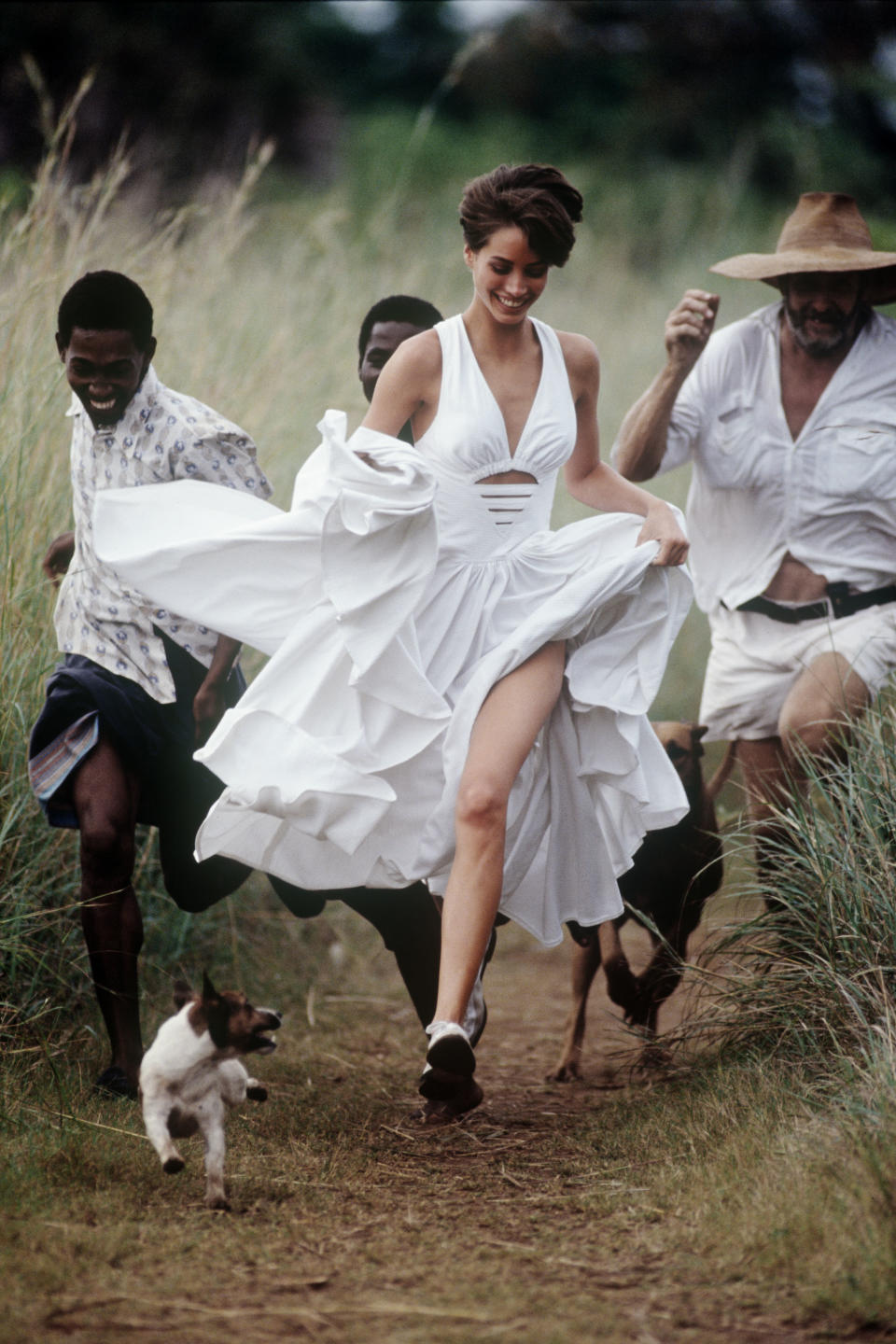
One of Feurer’s career-molding moments involved shooting the 1974 Pirelli calendar. That exposure helped to make him a go-to resource for various international editions of Vogue, Elle and other fashion magazines. Feurer also worked at the Stern magazine family, where others like Helmut Newton and Guy Bourdain were on board. He also collaborated with Bogner for decades, thanks in part to a friendship with the Olympic skier and filmmaker Will Bogner Jr. In response to Feurer’s death, Bogner highlighted on Instagram how the photographer once explained his approach is that of a Zen Buddhist: “Leave out anything that is superfluous, simplify everything as much as possible, so that the model and the fashion take center stage,” Feurer said.
The photographer’s influence also periodically surfaced as inspiration for different designers’ collections, including Isabel Marant, who took cues from some of his sporty images from the ’90s for her spring 2022 collection. Kenzo’s former creative leads Humberto Leon and Carol Lim also drew from his well for a 2017 heritage collection.
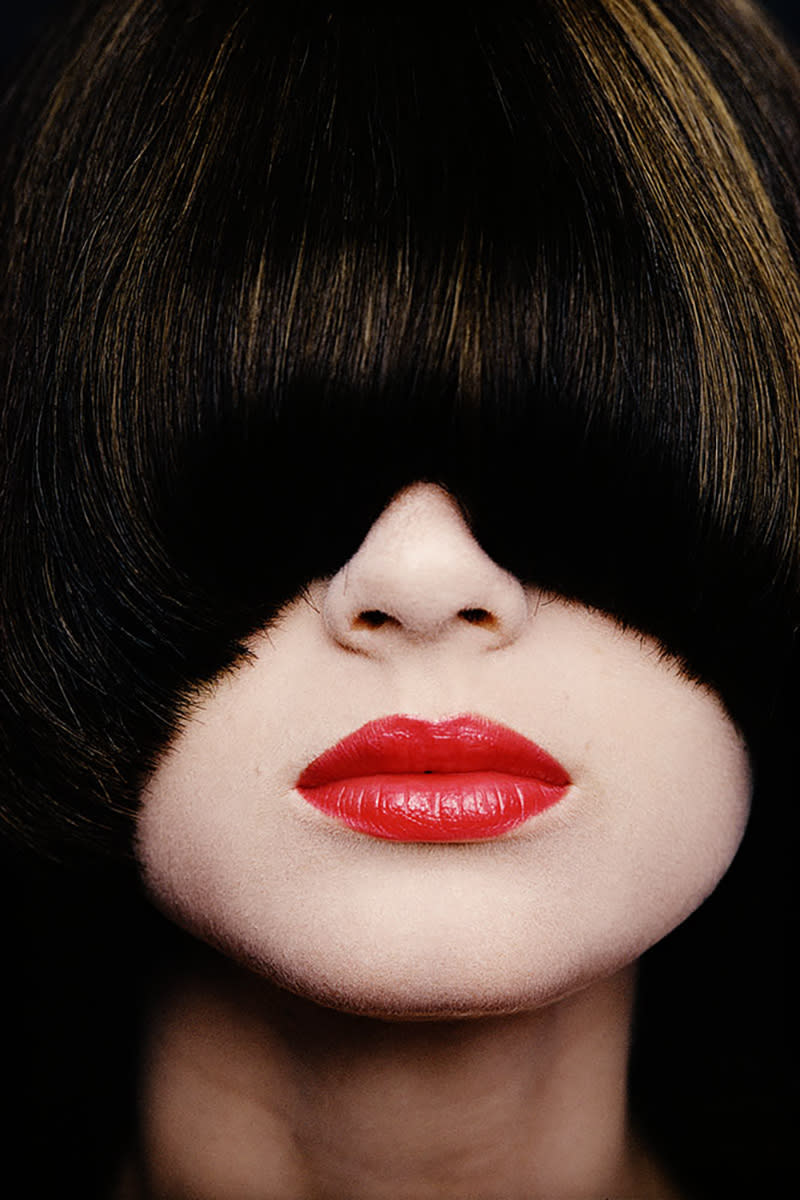
Andre Werther, Feurer’s agent for 20-plus years, recalled being on an early-morning shoot in Times Square with him more than a dozen years ago. “Daylight held no secrets for him.” Werther said. “When he told me about the bluish light that was reflecting off the skyscrapers, I was blind. The only light that I could see was the bright neon [billboard] light surrounding Times Square. Hans’ eye could see beauty in what others could only see as banal, uninteresting light. He was a magician with light — he knew how to play with it.”
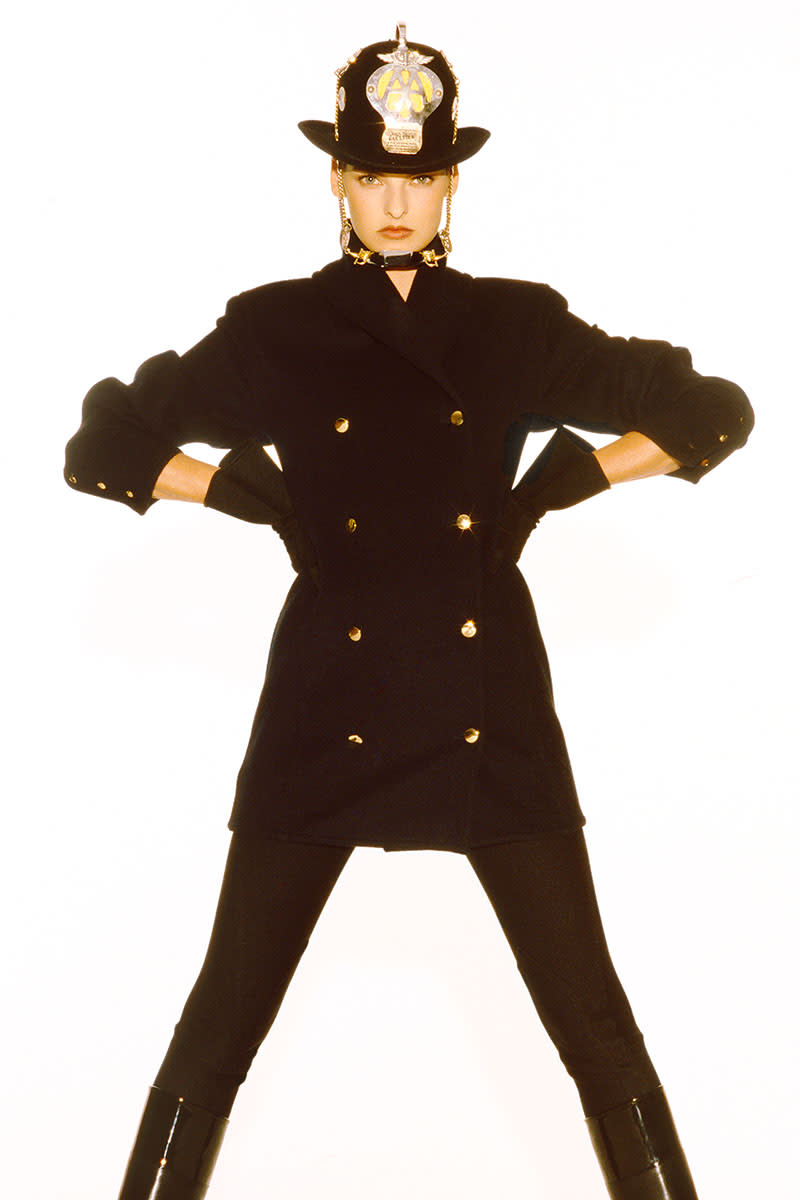
As passionate as Feurer was about photography, what really enchanted him and “made his eyes sparkle” was talking about deep sea fishing, a sport he pursued with some renowned deep sea fishermen. “If you would speak to him about that, he would never stop talking,” Hartjen recalled.
A gallery of Feurer’s work had already been posted on Camera Work’s site prior to his death. He and Hartjen had been discussing the prospect of Hartjen doing something at the gallery next year. “We are very sad,” Hartjen said. “This reminds us all to do things earlier rather than later.”
Best of WWD


